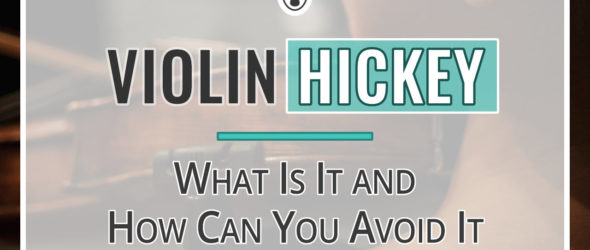All about the violin hickey and how to prevent and treat it.
Have you ever noticed an odd red irritation on the neck of a violinist? Ever wonder what it is?
Or maybe you’ve started playing the violin, and now your friends are giving you weird looks and making odd assumptions about that deep red mark along your jaw.
This is a violin hickey, and many violinists experience it! Today we’ll talk about what it is, how to prevent it, and how to treat it.
What Is a Violin Hickey?
A violin hickey, also known as a violinist’s neck/fiddler’s neck or chinrest hickey, is a small raised area or blemish that can form on a violin player’s neck, jaw, or collarbone. It’s typically caused by friction and pressure from the player’s chinrest over a long period of time and is usually harmless.
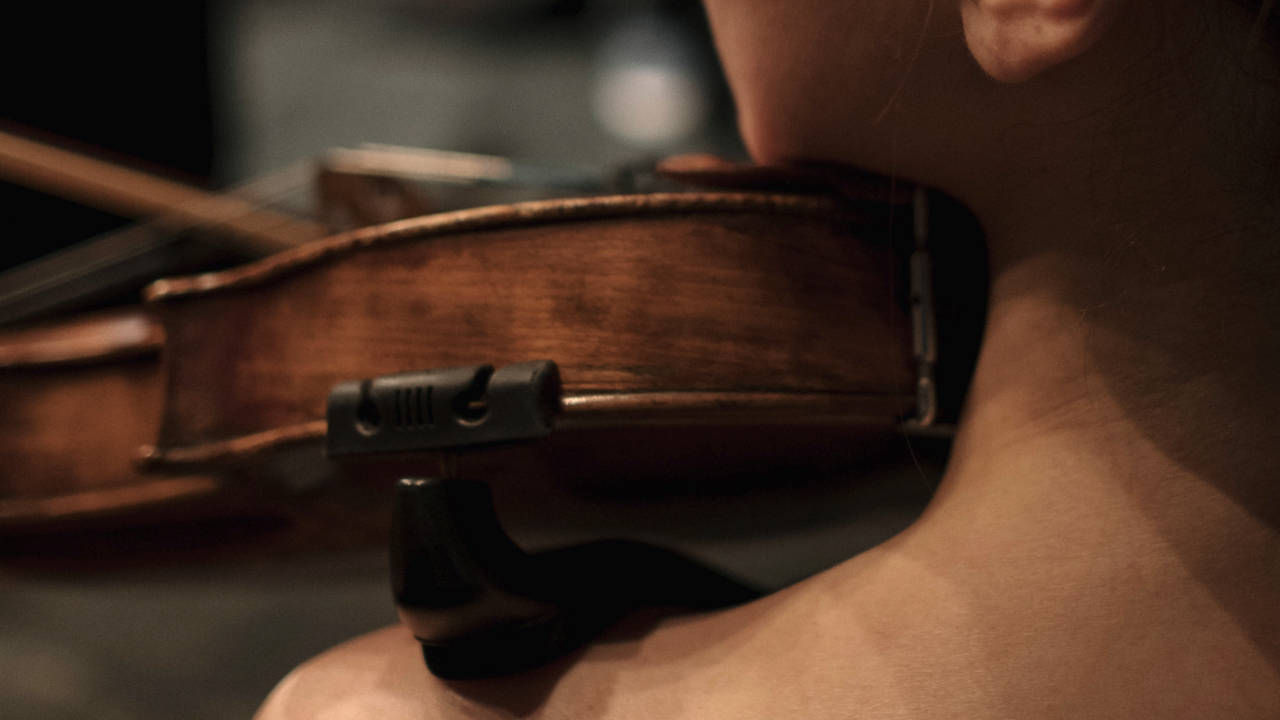
These small areas of irritation are sometimes seen as badges of honor by string players because they’re often caused by playing for an extended period of time. They usually appear along the bottom of the player’s jaw, and sometimes where the violin makes contact close to the collarbone.
A “violin hickey” can also happen from a viola chinrest; it’s not just exclusive to violinists. However, musicians who play lower-string instruments won’t experience these, since they don’t hold their instruments against their necks.
There are various levels of reactions, ranging from mild to severe. The mildest violin hickeys are just small irritations from chafing, but certain people may experience severe allergic reactions and even develop hypertrophic scars. These red-raised scars can be very painful. If you experience something like this, please see a medical professional for personal advice, just as you would do with any other health problems.
On the other hand, there are also violinists who play their whole life and never develop a mark. Everyone reacts differently, depending on their skin’s sensitivity and the equipment they use.
Why Do People Get Violin Hickeys?
There are a few reasons why some players develop skin irritation. The friction of the chinrest against the neck is the most common cause, but some players with sensitive skin will cite other reasons.
Here are a few general causes for violin hickeys:
Ill-fitting chin rest
Sometimes chin rest screws will dig into the neck and cause an indentation and irritation where it touches the skin. Be sure the hardware of your chinrest is tight enough and doesn’t protrude much.
Nickel allergy
For those who have a nickel allergy, using a chinrest made with this metal can cause contact dermatitis, which is one form of violin neck. The area might also become itchy if you’re allergic to the materials on your violin that are touching your skin.
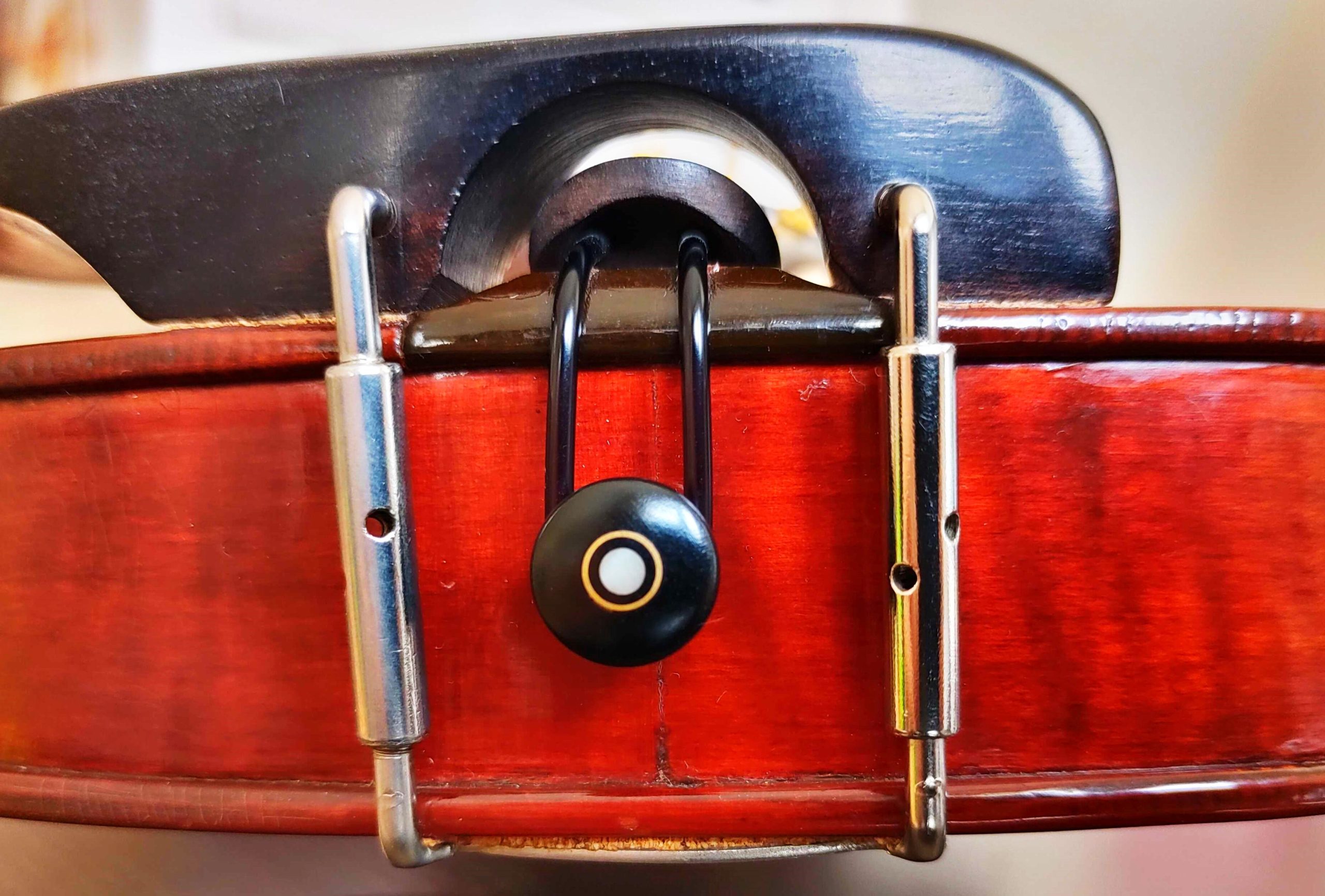
Wood allergies
Some people can be allergic to rosewood or ebony, two of the most popular woods used to make chin rests. If you experience this allergy, symptoms of exposure include redness and burning.
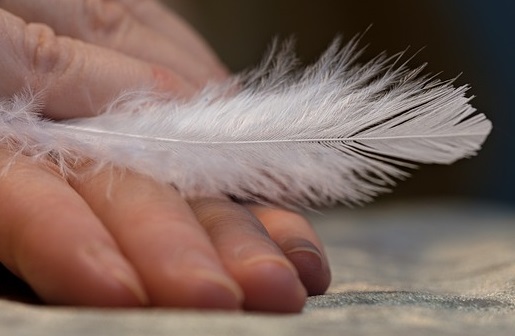
Sensitive skin
If you have sensitive skin, sometimes the chinrest can cause irritation from touching your jaw and collarbone. You may experience dryness, itchiness, or even acne in these areas.
Friction
Since the chinrest sits against the neck and sometimes will shift and rub against your skin, this causes chafing. These symptoms are less severe; you might notice dryness and a pink mark that quickly fades.
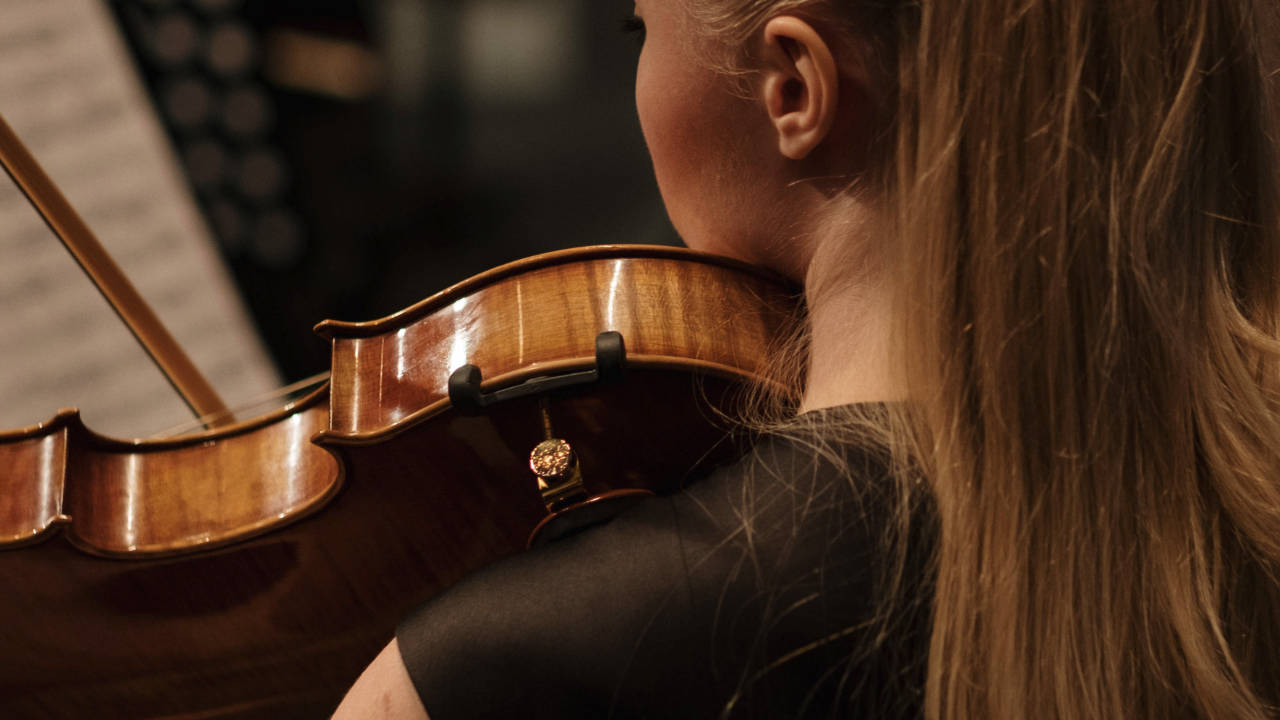
How Do You Treat a Violin Hickey?
A violin hickey can be treated by cleaning and moisturizing affected spots, using hydrocortisone cream, or following the treatment suggested by a dermatologist. The treatment depends on your symptoms and should be always adjusted to your current condition.
If you start to notice mild pain or redness, a great way to treat it is by cleansing and moisturizing the area with gentle products after practicing.
Itching can sometimes be resolved with a mild cortisone cream.
If you experience more severe reactions like a very noticeable scar, pain, or if you develop pustules, I recommend seeing a dermatologist for a more accurate diagnosis and for personalized treatment.
How Can You Prevent a Violin Hickey?
There are a few ways to prevent a violin mark from forming, through modifications to your instrument and lifestyle changes.
Use a cloth or cover
Cover the metal and wood of the chin rest with a cloth or specially made chin rest cover. Just be sure to clean it often to avoid bacteria buildup, which can cause further skin irritation!
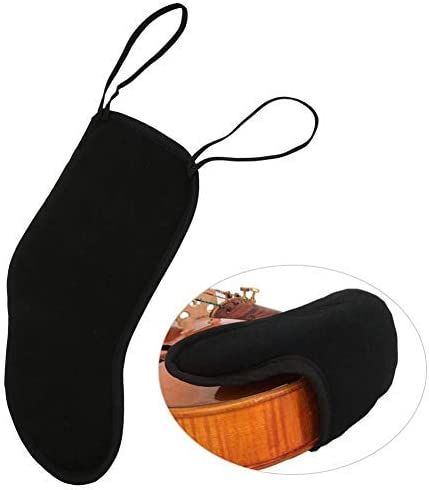
Cotton Violin Chinrest Cover
Support us for more FREE content No extra costs for you Recommended by Violinists
Try a hypoallergenic chin rest
If you know you have an allergy to wood or metals, it might be smart to just buy a hypoallergenic chinrest to avoid any trouble before it even starts.
A great option is the Wittner Hypoallergenic Chin Rest, made of plastic composite material. It’s easy to clean and contains no metal.
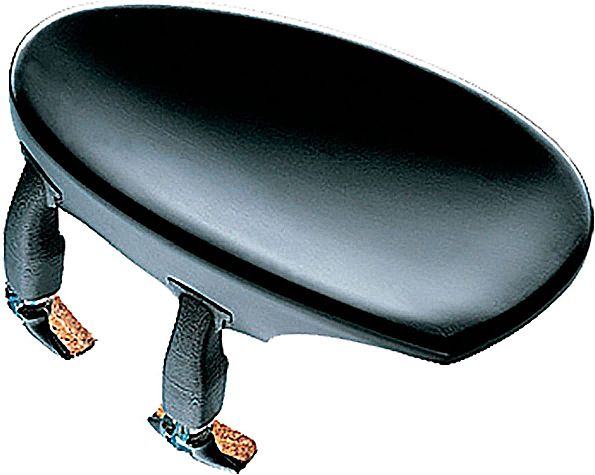
Wittner Hypoallergenic Violin Chinrest
Support us for more FREE content No extra costs for you Recommended by Violinists
If you like your chin rest but are worried about the metal screws, you can also buy titanium screws, which are more friendly for those with allergies.
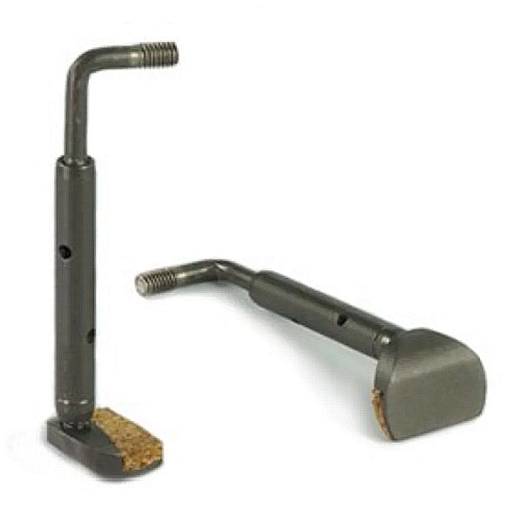
Titanium Hook Hardware Replacement for Chinrest
Support us for more FREE content No extra costs for you Recommended by Violinists
Sanitize your chin rest
If you have sensitive skin that’s prone to inflammation, it can be a good idea to clean and sanitize your chin rest and the hardware often, maybe before or after each playing session.
On plastic and metal materials, alcohol will work fine (just avoid getting it on any of the wood of the violin!), but if you have a wooden chinrest, try using just a little bit of mild soap and water on a cloth.
Take breaks
It’s always a good idea to take breaks when you play the violin. We use so many different muscles while we play, and we need to build up stamina. The same idea can be applied when we’re thinking about the instrument rubbing against our neck. It’s almost like wearing a new pair of shoes – start with playing for just a short period of time, and gradually build up so the tender skin on your neck can get accustomed to this feeling.

Keep the area clean and moisturized
Treat the areas of your neck and collarbone like any other area of acne-prone skin. Wash with a gentle cleanser, and apply a general moisturizer, like Vaseline or unscented facial lotion to the area. It will help keep your skin strong and healthy.
How Long Do You Have to Practice to Get a Violin Hickey?
You might get a violin hickey if you practice about 3-4 hours a day. Some violinists never experience any resemblance of a fiddler’s neck. Since the mark sometimes appears from the instrument rubbing against the body, it takes everyone a different amount of time to appear.
Remember, not everyone develops a violinist neck from playing, even if they practice as much as they possibly can. It’s dependent on so many different variables, from the violin materials to the human skin.
Summary
Violin hickeys are common reactions when you’re playing the violin often and for a long time. I hope the information I’ve provided today helps you understand what is and isn’t healthy, so you can continue playing the violin without pain!
